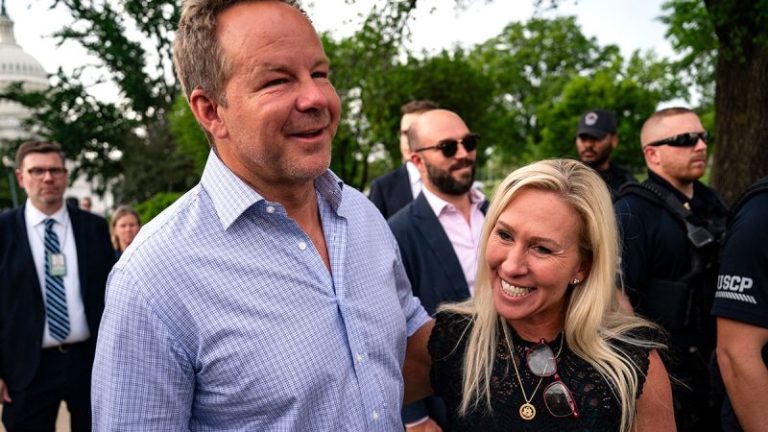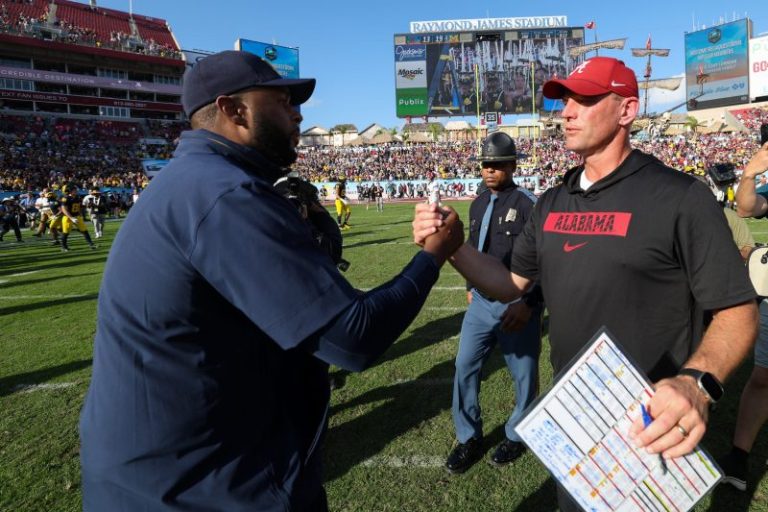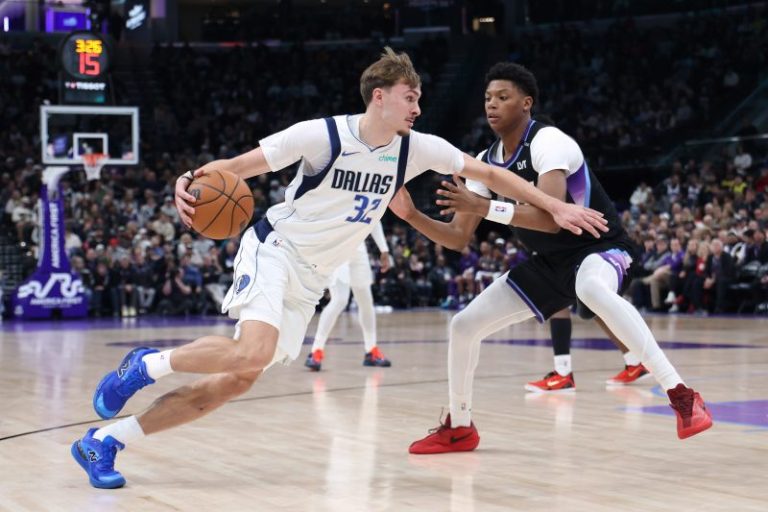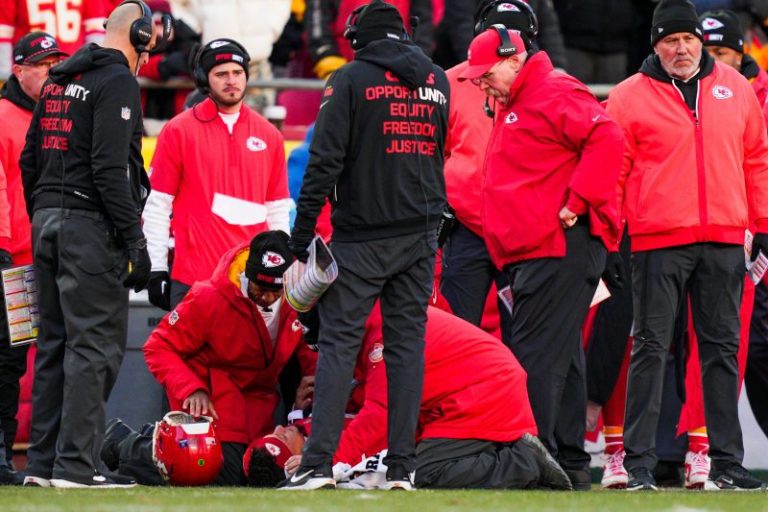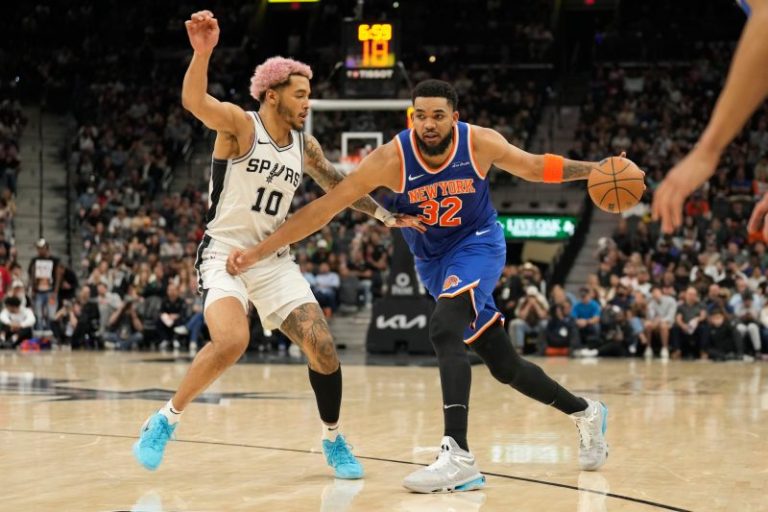Tensions are boiling within the House GOP as lawmakers are set to begin their final legislative week of 2025.
More than a dozen House Republicans who spoke with Fox News Digital over the last week gave different answers on where tensions lie, with frustrations directed toward Speaker Mike Johnson, R-La., the White House, their Senate counterparts and even each other.
Most of the issues they discussed were varied as well, but several people acknowledged concerns over whether there could be any defining legislative issues Republicans could coalesce around in 2026 to follow up on their signature achievement with the ‘one big, beautiful bill’ last summer.
‘Right now, we don’t have a focused agenda that we’re moving towards like we did with the one big, beautiful bill,’ one House GOP lawmaker told Fox News Digital. ‘That brought all of our energy together in a focused manner.’
Rep. Rich McCormick, R-Ga., said he was not frustrated with any one leader in Congress specifically, but lamented that the institution did not better allow House Republicans to tackle the issues in front of them.
‘The problem is, because of the nature of the beast, we’re always fighting against the next big emergency, right? So, instead of being proactive and doing good solutions — I mean, healthcare. Healthcare has been the number one expense for families for a decade,’ McCormick said.
He said Republicans ‘did nothing’ on healthcare when they first came to power earlier this year and were now left ‘in this position’ where they were scrambling for a solution to the looming health insurance premium hikes early next year.
House Republicans unveiled a bill aimed at lowering healthcare costs on Friday evening, but it’s unclear as of now if it has enough support to pass.
Rep. Michael Cloud, R-Texas, told Fox News Digital broadly, ‘I’m always gonna want to see more action. My job isn’t to come here and be satisfied.’
But he said of House GOP leadership, ‘When you’re in charge you get more blame and more praise than you probably deserve, but it’s gonna take the whole conference to come together, remembering what brought us here.’
Still, a fair share of GOP lawmakers have directed their anger at Johnson in recent weeks.
‘I think there’s a lot of concerns about the way things have been handled the last several months, starting with leadership, let this redistricting war break out, which is gonna upend the districts of dozens of our members. And then the fact we just weren’t here for two months,’ Rep. Kevin Kiley, R-Calif., told Fox News Digital. ‘And then the way that the House is really not in the driver’s seat on a lot of the key issues around here — I think all of that is pretty frustrating to a swath of the conference.’
Others are frustrated at Johnson over more personal issues. Rep. Nicole Malliotakis, R-N.Y., told Fox News Digital she believed Johnson was blocking her efforts to build a National Women’s Museum, an effort she said had President Donald Trump’s support.
‘It’s been stalled by the speaker, in committee, despite having 165 sponsors from both parties,’ Malliotakis said.
Rep. Greg Steube, R-Fla., meanwhile, was angered last week by the way Johnson handled the National Defense Authorization Act (NDAA).
‘We’re getting shoved, and we just have to eat it, or, you know, vote against increasing pay to our military service members. It’s a very unfortunate situation to be in, that the speaker keeps putting us in,’ Steube said. ‘I think getting Trump’s signature piece of legislation through is excellent, and everybody should be commended for that, because that was just a huge accomplishment, and it’ll do great things for the country next year. Now that we’ve gotten over that … now you’re kind of, like, what can we do next?’
Rep. Marjorie Taylor Greene, R-Ga., has notably been one of Johnson’s loudest critics and recently become a political enemy of Trump’s as well.
Rep. Elise Stefanik, R-N.Y., who Johnson promoted to House GOP leadership chairwoman after the White House took her out of the running for ambassador to the United Nations, publicly accused Johnson of kowtowing to Democrats over a provision in the NDAA before walking the anger back when she won that battle.
And Rep. Nancy Mace, R-S.C., recently wrote a scathing op-ed in The New York Times, where she wrote, ‘Here’s a hard truth Republicans don’t want to hear: Nancy Pelosi was a more effective House speaker than any Republican this century.’
‘Speaker Mike Johnson is better than his predecessor. But the frustrations of being a rank-and-file House member are compounded as certain individuals or groups remain marginalized within the party, getting little say,’ Mace wrote.
Mace told Fox News Digital she had spoken with Johnson the same week the op-ed was published. While she declined to go into detail about their private conversation, Mace said she did not feel heard by the speaker.
A second House Republican who spoke with Fox News Digital anonymously said, when asked if there was wider frustration with Johnson, ‘Yeah, I would say so. Especially rank-and-file people.’
But three others accused those criticizing Johnson publicly of doing so for their own personal gain.
A senior House Republican said those complaining were ‘people whose modus operandi is about showing their opposition for their own purposes.’
A fourth House Republican said, ‘Some people have been frustrated, but we have some people who are in Congress now that care more about their own personal headlines when they’re running for other offices or whatever, so they’re trying to push things out.’
Meanwhile, Rep. Mary Miller, R-Ill., released a public statement supporting Johnson when frustrations first emerged from GOP women earlier this month.
‘Speaker Mike Johnson has led our House majority with God-given courage, clarity and remarkable patience. Under his leadership, House Republicans are delivering real results and advancing President Trump’s America First agenda every single day,’ she said.
The fourth unnamed House Republican conceded, however, that there were frustrations at fellow Republicans in the White House.
‘I believe we’re aligned as far as intentions, but you know, sometimes we’ve got to do our job, and we want participation, but we don’t want to be told what to do,’ they said. ‘It’s always great to have an interplay between [Congress and the White House].’
The first House Republican noted in this story also said there was ‘definitely’ angst over how the White House has treated Congress’ role as a co-equal branch.
On the intra-GOP tensions targeting Johnson, however, they said, ‘I think these are natural ebbs and flows … I don’t think there’s anything to worry about.’
Another Republican, Rep. Mark Amodei, R-Nev., said his frustrations lie with the Senate as a member of the House Appropriations Committee.
‘We move very fast in the House, and we’ve been ready to keep moving. We just can’t move without the Senate,’ Amodei said.
He said he was satisfied with the House’s work this year, but ‘you can’t do anything without bicameral action. And that right now is a challenge.’
A fifth House Republican agreed that a number of House GOP achievements have stopped ‘at the foot of the Senate, where they need 60 votes.’
The House alone has moved significant amounts of Trump’s agenda this year, however. House Republicans voted to codify roughly 100 of his executive orders so far, more than 60% of the total executive orders former President Joe Biden introduced during his entire term.
This post appeared first on FOX NEWS



